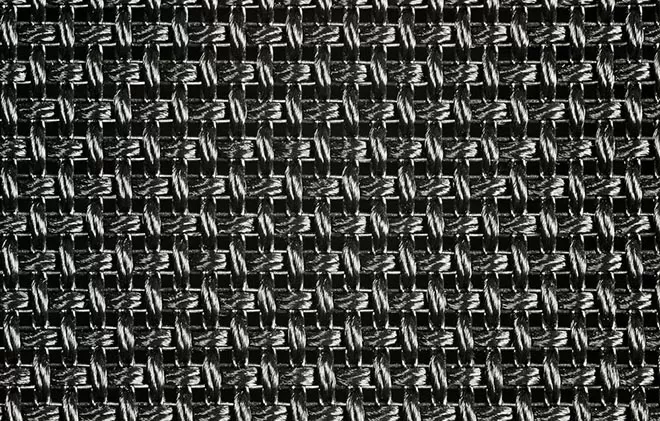Nov . 23, 2024 16:17 Back to list
barbed wire
The Symbolism and History of Barbed Wire
Barbed wire, a seemingly simple invention, has left an indelible mark on history, symbolizing both protection and oppression. Invented in the late 19th century by Joseph Glidden and others, barbed wire quickly revolutionized fencing and land management, particularly in the American West. Its sharp protrusions deterred cattle from straying and kept unwanted intruders at bay, facilitating the transition from open range to organized agriculture. With its practicality, barbed wire became a tool for ranchers and farmers, helping to define property boundaries in a rapidly changing landscape.
However, the invention's utility extended beyond agriculture. Barbed wire became a powerful symbol during conflicts and wars. In World War I, it was used extensively in trench warfare. Soldiers deployed miles of barbed wire to protect their positions from advancing enemies. The mere sight of it evoked fear, marking the demarcation between safety and danger—a thin, rusted line of metal that would deter even the bravest of souls. The horrors of war combined with the presence of barbed wire served to encapsulate the brutality of human conflict, highlighting themes of entrapment and helplessness.
barbed wire

In addition to its military applications, barbed wire has also been associated with imprisonment and exclusion. Throughout history, it has been used in internment camps, prisons, and concentration camps, effectively transforming the barbed wire into a symbol of human rights violations. Its presence as a barrier—intended to keep individuals contained—speaks to darker times in our history. Many remember the images of barbed wire fences surrounding these sites, representing loss, suffering, and the fragility of freedom.
In modern society, barbed wire continues to serve both protective and punitive functions. It is commonly seen in military installations, correctional facilities, and on private properties as a deterrent against trespassing. Although it serves a legitimate purpose in safeguarding property, the visual implications of barbed wire still carry the weight of its historical context. It evokes memories of fortification, security, and isolation, often leading to a complex emotional response.
In conclusion, barbed wire is far more than a practical tool—it is a poignant reminder of the dual realities of safety and confinement. As we navigate through the modern world, the wire’s presence challenges us to reflect on its implications, particularly as we confront issues of security, freedom, and justice. As history expands, so too does the dialogue surrounding barbed wire, calling us to consider not just what it protects, but also what it can signify in the broader human experience.
-
High-Quality Steel Grating Solutions for Industrial Applications | Durable, Safety, Customization
NewsJul.13,2025
-
Advanced Solutions-CompanyX|Enterprise Efficiency&Cost Reduction
NewsJul.13,2025
-
Sustainable Manufacturing-EcoTech Innovations|Waste-to-Energy System&Zero Emissions
NewsJul.13,2025
-
Welded Wire Mesh- Buildings Wiremesh Co., Ltd.|Durable Construction Material&Industrial Strength Solution
NewsJul.13,2025
-
Smart Production Solutions-Example Corp|AI Automation&IoT Monitoring
NewsJul.13,2025
-
Advanced Industrial Solutions-Advanced Industrial Solutions|Manufacturing Efficiency&Productivity
NewsJul.13,2025

